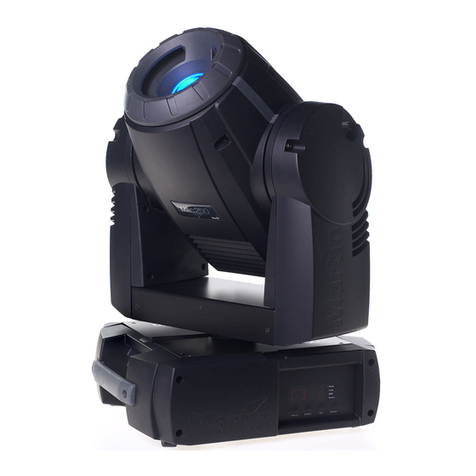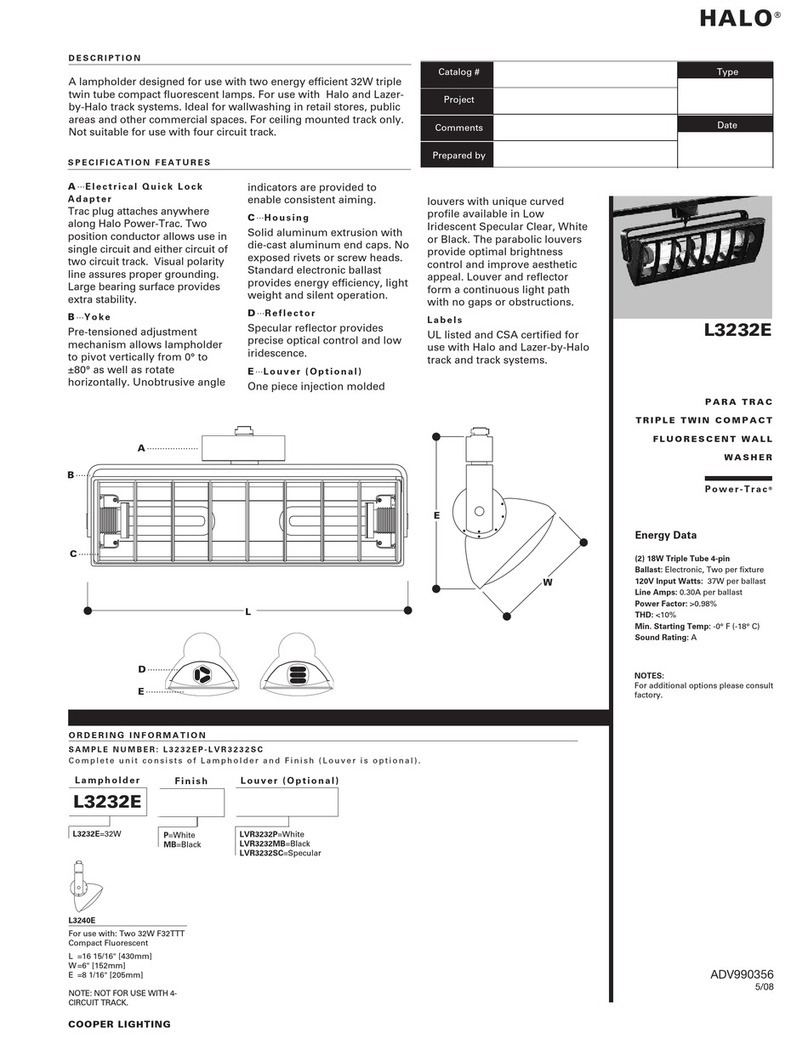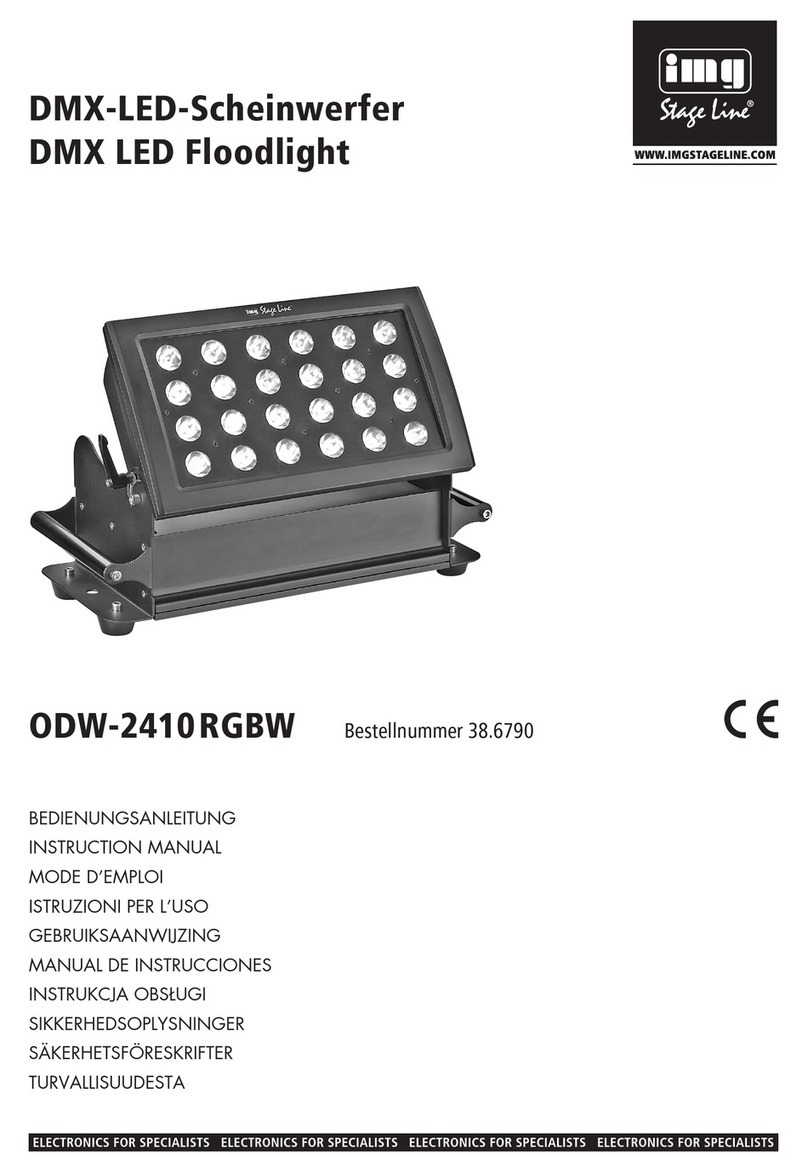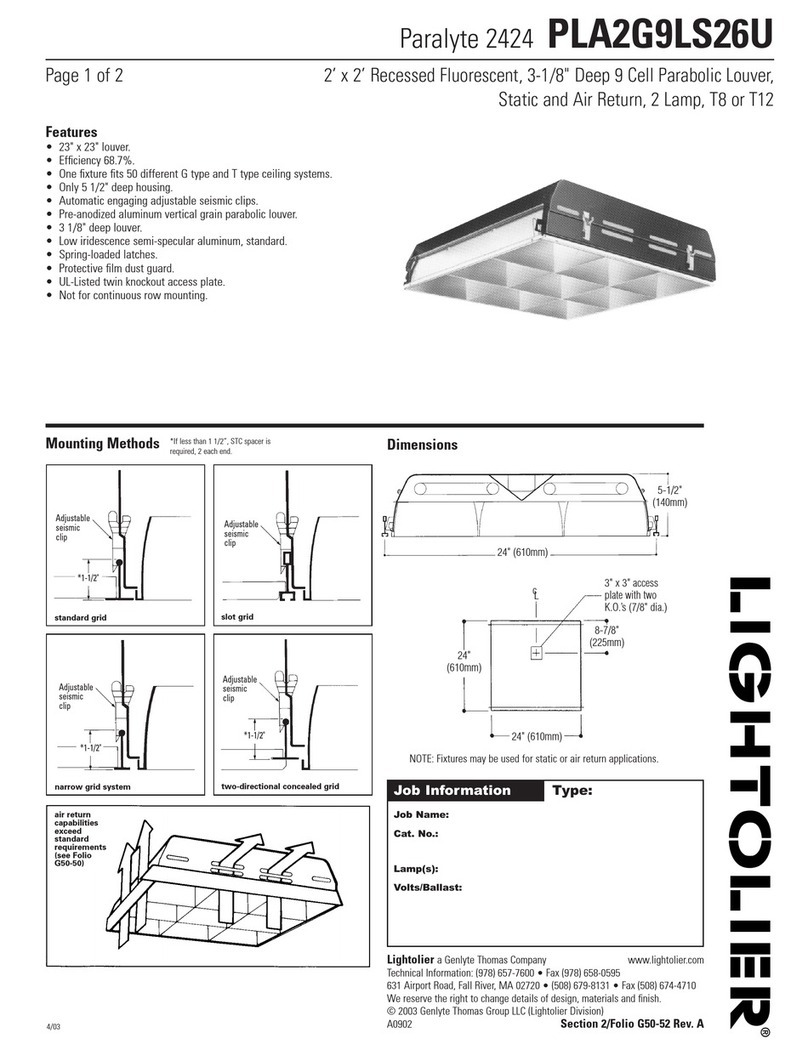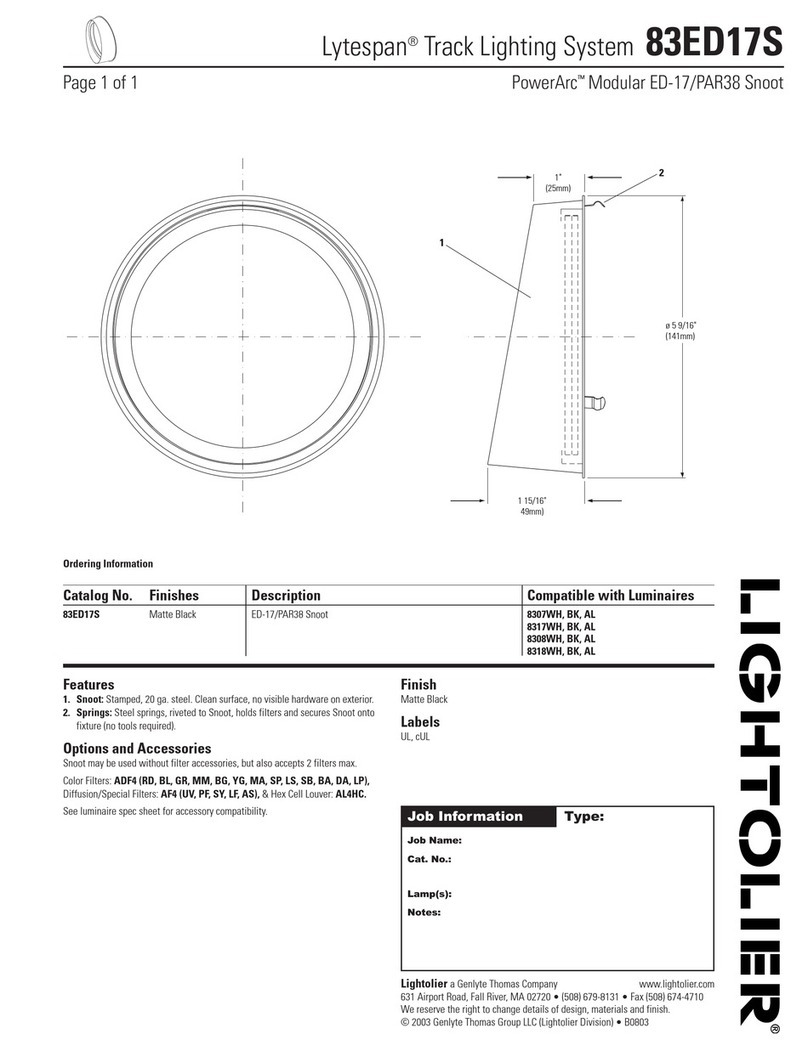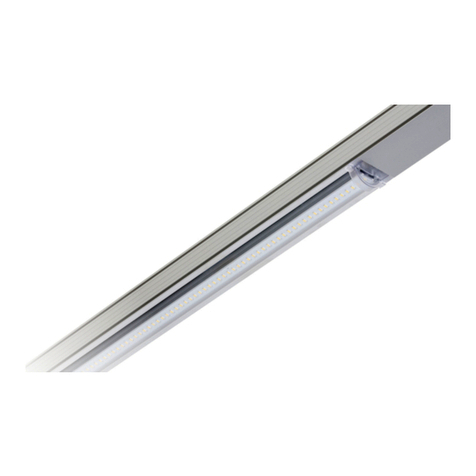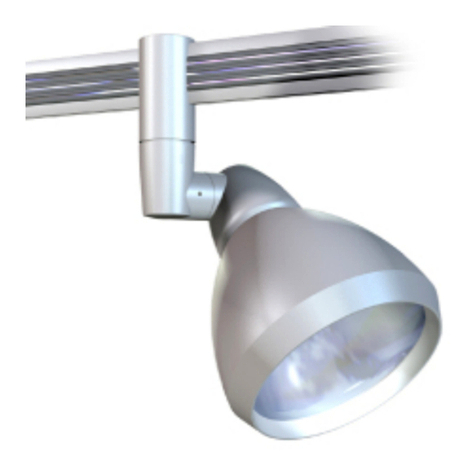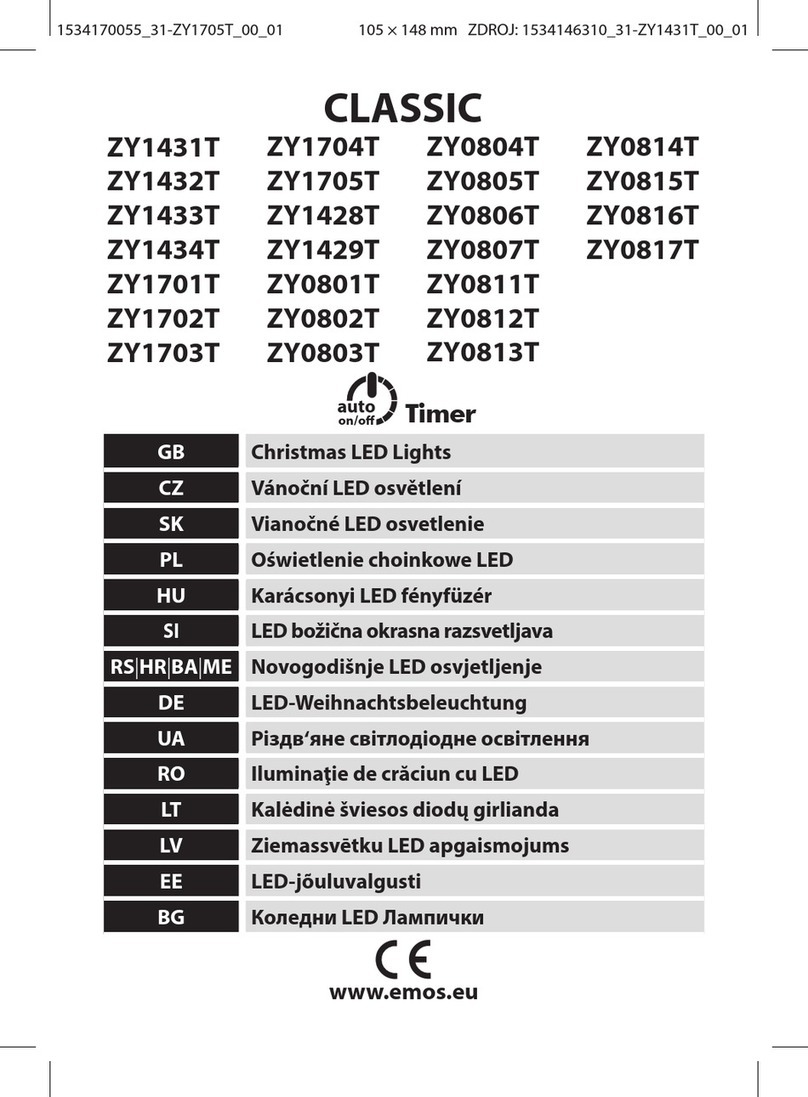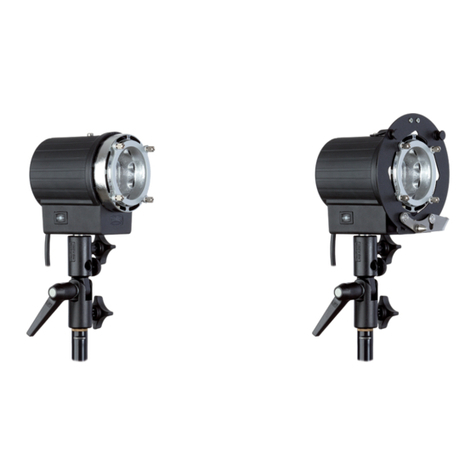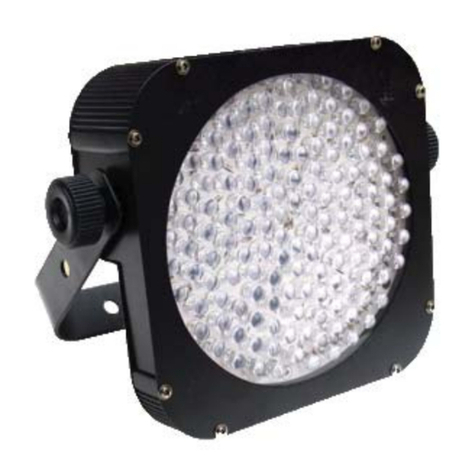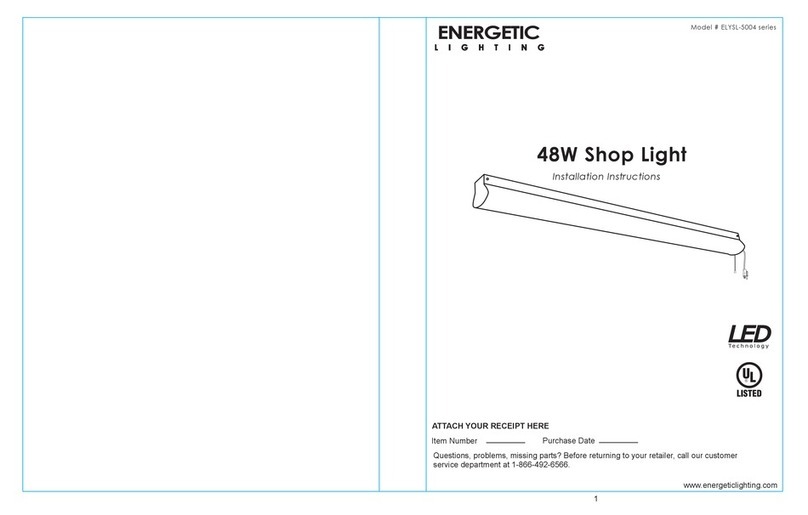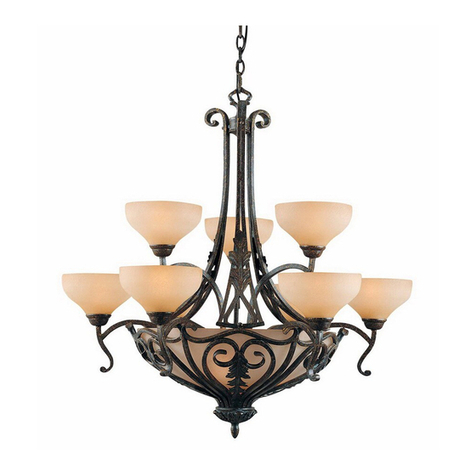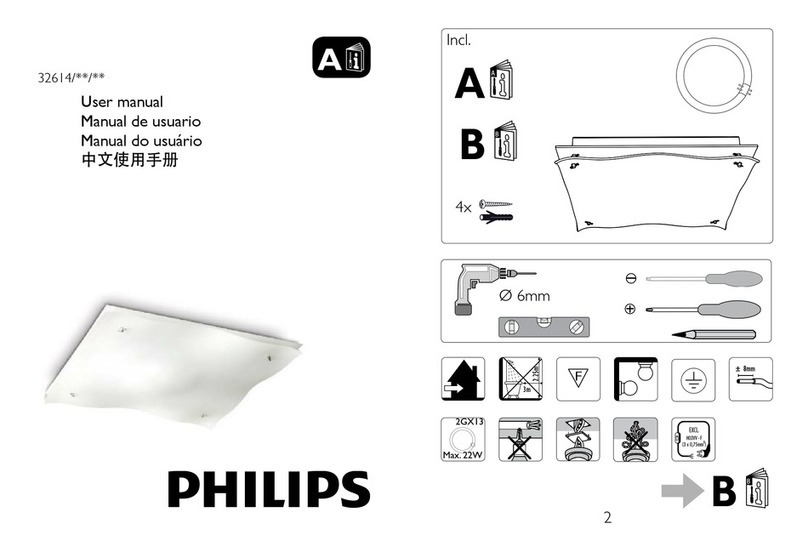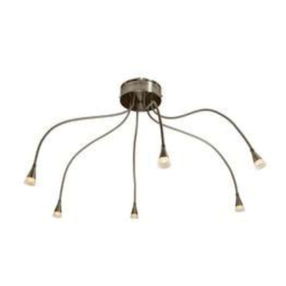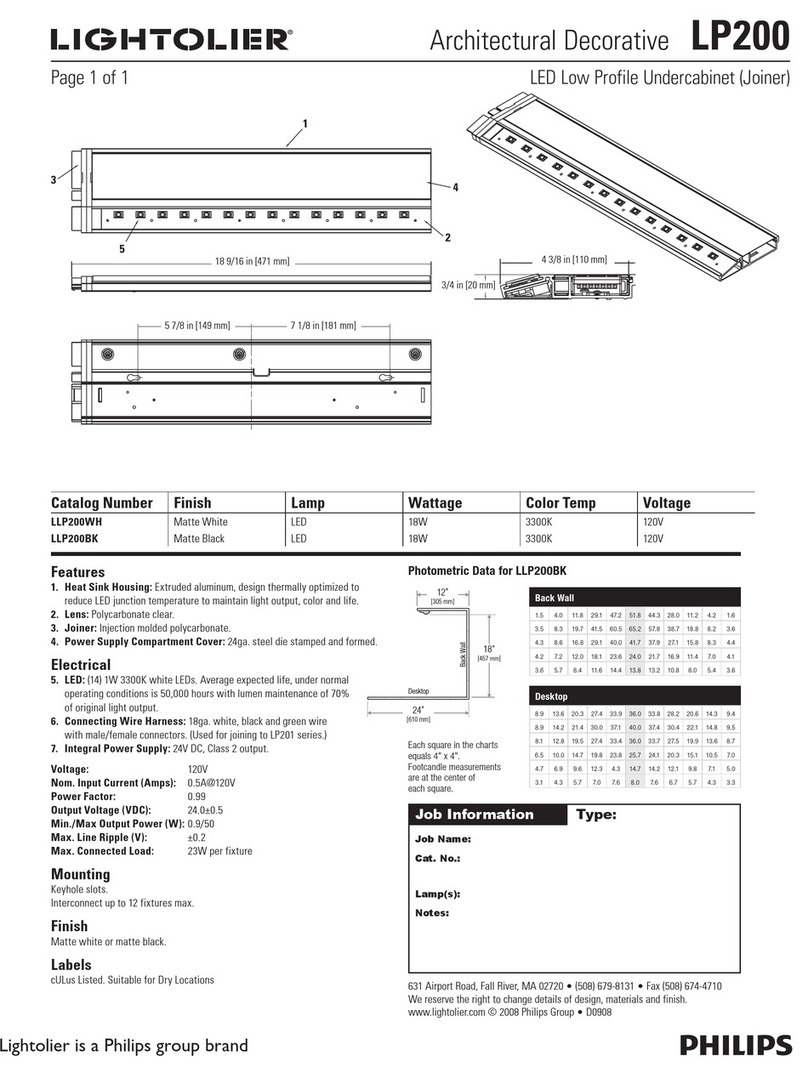3
USA Tel: +1.800.758.8773
www.zibracorp.com
Table of Contents Page
1. Introduction ............................................................................................................................ 4
Summary ................................................................................................................................ 4
Safety Measures...................................................................................................................... 4
2. HLS Features, Specifications & Accessories ...................................................................... 5
Light Source Features …………….......................................................................................... 5
Specifications ......................................................................................................................... 6
Accessories ............................................................................................................................ 6
3. HLS Function and Operation ................................................................................................ 7
Light Source Preparation ........................................................................................................ 7
Light Source Operation ........................................................................................................... 7
Battery and Charger ............................................................................................................. 8, 9
4. Care & Maintenance .............................................................................................................. 10
I - Methods of Light Source Disinfecting .................................................................................. 10
II –Light Source Disinfecting Protocol..................................................................................... 10
1 Pre-Cleaning.............................................................................................................. 10
2 Enzymatic Cleaning and Rinsing ............................................................................... 10
3 High-Level Disinfection .............................................................................................. 11
III –Drying the Light Source ................................................................................................... 11
IV –Preventative Maintenance.……………………………………………………………….… 11, 12
5. Troubleshooting ................................................................................................................... 12
6. Agency Compliance Statements and Guidance ………..................................................... 13
Guidance and Manufacturer’s Declaration – Emissions ......................................................... 13
Guidance and Manufacturer’s Declaration – Immunity ........................................................... 13
Recommended Separation Distance between Portable and Mobile RF
Communications Equipment ............................................................................................. 14
7. Repair Service ....................................................................................................................... 14
8. Warranty ................................................................................................................................. 14
9. Symbol Descriptions ............................................................................................................. 14
WARNING: This device is not supplied sterile. Clean and disinfect the device prior to use by
employing the procedures listed in this manual.
WARNING: This equipment is not suitable for use in the presence of flammable mixtures.
WARNING: the following methods of disinfection will result in damage to the light source and
should not be used: Ethylene Oxide, autoclave, ultrasonic, chlorides, formaldehyde, and
hydrogen peroxide.
WARNING: In order to avoid potential safety hazards, the user of this device should consult
the manuals of all Electrical Equipment used in conjunction with this device. If this device is
used with High Frequency Equipment, the attached endoscope should be approved for use
with High Frequency Equipment, and the user should consult the manuals of all devices for
safe operating voltage levels.

